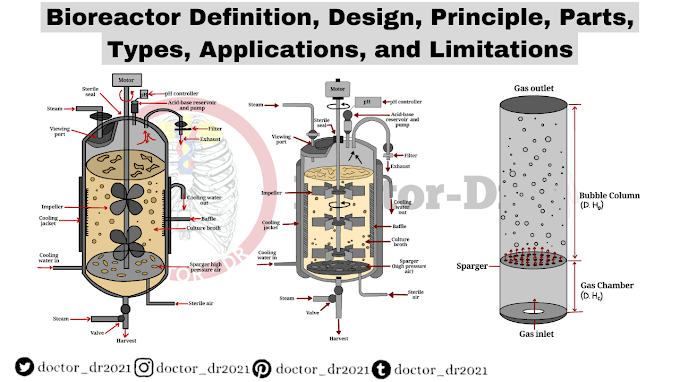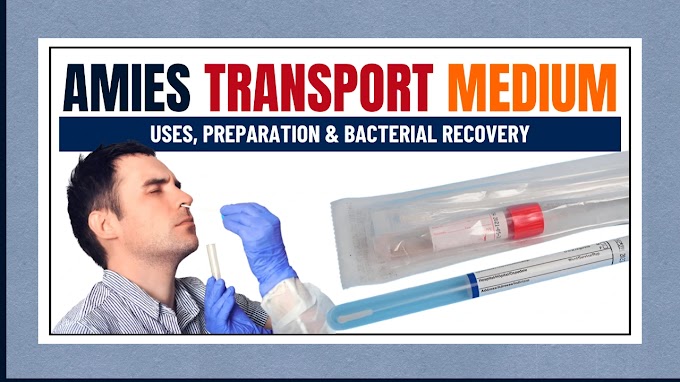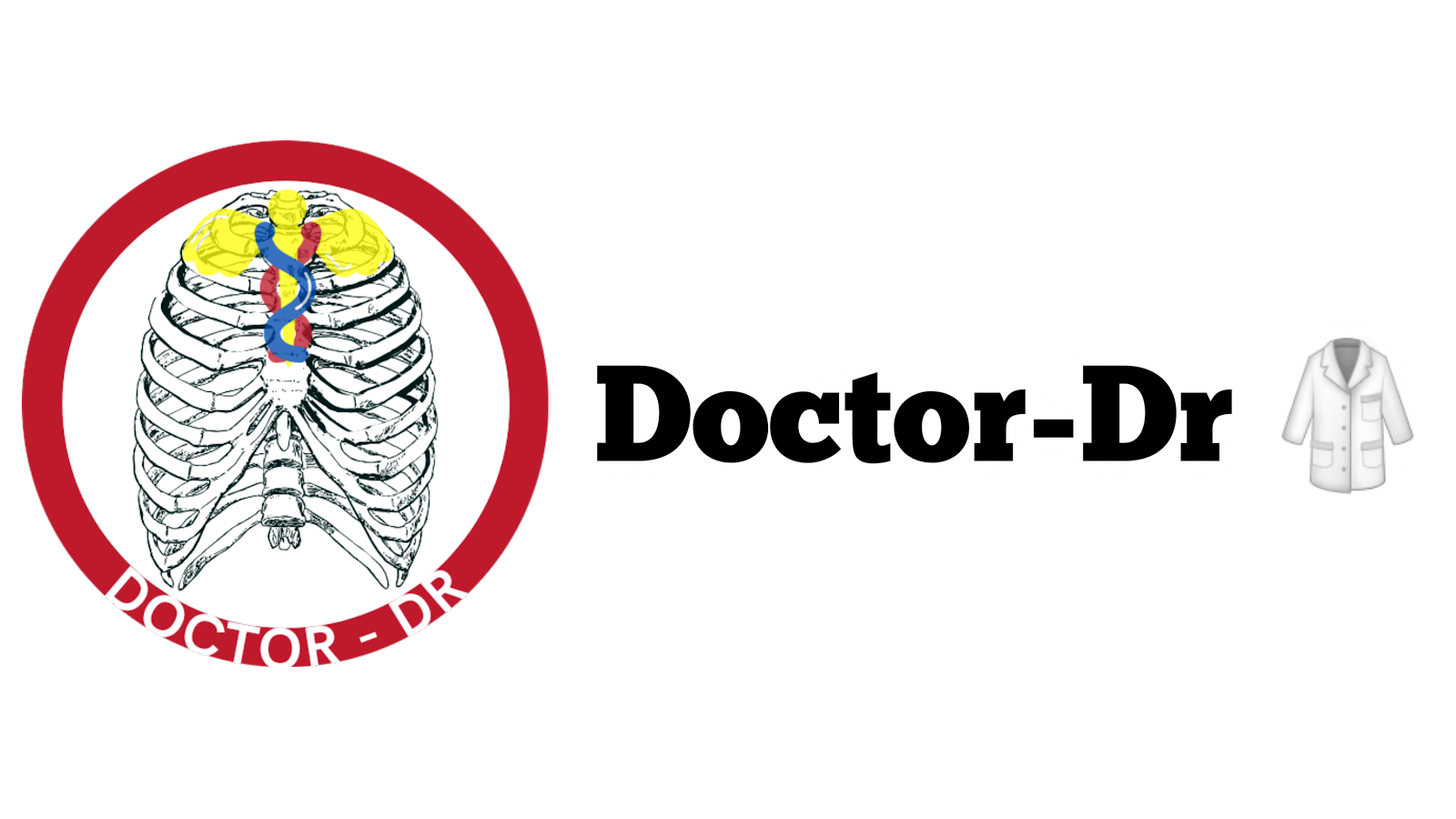Table of Contents
- What is Bile Solubility Test?
- Objectives of Bile Solubility Test
- Principle of Bile Solubility Test
- Media, Reagents, and Supplies Used
- Procedure of Bile Solubility Test
- Result interpretation of Bile Solubility Test
- Uses of Bile Solubility Test
- Limitations of Bile Solubility Test
- References and Sources
What is Bile Solubility Test?
- The bile solubility test is a biochemical test used to differentiate and confirm Streptococcus pneumoniae from other alpha-hemolytic Streptococci.
- It is an essential test for distinguishing S. pneumoniae from Streptococcus pseudopneumoniae, which is otherwise challenging.
- The test works by lysing bacterial cells in the presence of bile salts such as sodium desoxycholate under specific conditions.
- Organisms that lyse are considered positive, while those that do not are considered negative.
- The exact mechanism of the test is not clearly understood, but it is hypothesized that lysis occurs due to the induction of autolytic enzymes.
- The bile solubility test is recognized as an accurate method for differentiating S. pneumoniae from other mitis group streptococci, including S. pseudopneumoniae.
- The test results can be difficult to interpret due to their reliance on subjective human evaluation.
Objectives of Bile Solubility Test
- To identify and differentiate Streptococcus pneumoniae from other alpha-hemolytic Streptococci.
- To detect the ability of an organism to undergo lysis in the presence of bile salts.
Principle of Bile Solubility Test
- The bile solubility test is used to identify and distinguish Streptococcus pneumoniae from alpha-hemolytic Streptococcus spp.
- The test can be performed using a cell suspension on a slide, in a tube, or by adding the reagent directly to the colony.
- The test is based on the lysis of pneumococcal cells when sodium desoxycholate (bile salts) is applied under specific time and temperature conditions, while other streptococci do not lyse.
- S. pneumoniae possesses an intracellular autolytic enzyme, an amidase, which causes the organism to undergo rapid autolysis when grown on an artificial medium.
- Bile salts alter the surface tension of the medium and cause cell membrane rearrangement.
- The exact working mechanism of the test is not clearly understood, but it is hypothesized that bile salts activate the autolytic enzyme, leading to lysis of pneumococcal cells.
- Any alpha-hemolytic, catalase-negative, Gram-positive cocci in chains with a central depression (flattened center) or mucoid colony morphology suggestive of S. pneumoniae.
- Any Gram-positive cocci in lancet-shaped pairs from a positive blood culture.
Media, Reagents, and Supplies Used
Reagents
1. Bile salts
- A 10% bile salt solution can be purchased or prepared by dissolving 10 grams of sodium desoxycholate in 100 mL of distilled water.
- The solution should be dispensed in small amounts to minimize contamination.
- The shelf life of the solution is 270 days.
- Storage temperature: 15 to 30°C (Cold storage may cause thickening of the reagent).
2. 0.85% NaCl (sterilized)
3. Broth culture medium (e.g. BHI)
Supplies
- Loops.
- Test tubes or slide.
- Pipettes.
Procedure of Bile Solubility Test
Bile solubility test can be performed using the test tube method, direct plate method, or direct slide blood culture method.
Test tube method
- Dispense 0.5 mL of sterile saline or suitable broth into a small test tube.
- Prepare a heavy suspension of the organism in saline (equivalent to No. 1 McFarland standard).
- Shake the suspension manually or using a vortex mixer to ensure uniformity.
- Divide the suspension into two tubes labeled “TEST” and “CONTROL”.
- Add 2-5 drops of bile reagent into both tubes and gently mix.
- Incubate at 35°C for three hours, checking hourly for clearing. Alternatively, use Gram stain or methylene blue wet mount to check for lysis of cells every 15 minutes.
Direct plate method
- Place one drop of bile reagent near a suspected 18- to 24-hour colony.
- Gently roll the drop over several representative colonies without dislodging them.
- Do not touch the agar surface with the dropper tip.
- Incubate the plate right side up at 35°C for 15-30 minutes or until the drop evaporates.
- A heat block can be used instead of an incubator.
- Observe flattening of the colony carefully to distinguish from floating away.
Direct slide blood culture test
- Mix one drop of blood culture broth with one drop of bile reagent on a glass slide and allow it to dry.
- As a control, mix one drop of blood culture broth with one drop of water and allow it to dry.
- Gram stain the suspension and examine for cocci.
Quality Control
Use two organisms as positive and negative controls.
Control Incubation Results
Streptococcus pneumoniae Aerobic incubation for 24-48 hours at 33-37°C. Growth positive; colonies dissolve after about 30 minutes of the addition of bile reagent.
Streptococcus mutans Aerobic incubation for 24-48 hours at 33-37°C. Growth positive; colonies remain intact after about 30 minutes of the addition of bile reagent.
Result interpretation of Bile Solubility Test
Test tube method
- A positive result is indicated by clearing or loss of turbidity in the test tube compared to the control within three hours.
- Microscopically, lysis of cells confirms bile solubility.
Direct slide blood culture method
- If all cocci in the smear are completely lysed, while the control smear retains intact bacteria, the organism is bile soluble (positive result).
Direct plate method
- A positive result appears as disintegration or flattening of the colony within 30 minutes, leaving a clear area of alpha-hemolysis where the colony was.
- A negative result occurs when the colony remains intact without any visible changes within 30 minutes.
Reporting Results
- If either the spot or tube test confirms bile solubility in an alpha-hemolytic, catalase-negative, Gram-positive, lancet-shaped coccus, it should be definitively reported as Streptococcus pneumoniae.
- If bile solubility is not observed, the organism is likely a viridans group streptococcus. However, since a small percentage of bile-resistant strains may still be S. pneumoniae, further testing is recommended for typical pneumococcal colonies.
Uses of Bile Solubility Test
- Determines an organism’s ability to undergo lysis in the presence of bile salts.
- Differentiates and identifies Streptococcus pneumoniae from other alpha-hemolytic streptococci.
- Serves as a qualitative test to distinguish between bile-soluble and bile-insoluble organisms.
Limitations of Bile Solubility Test
- Some S. pneumoniae strains may not lyse in bile due to the loss of virulence factors or capsule. In such cases, further identification methods like optochin susceptibility, DNA probe, or MALDI-TOF should be used.
- The test is only applicable for differentiating S. pneumoniae from other alpha-hemolytic streptococci.
- For greater specificity, tube test-positive but spot test-negative strains should be confirmed using optochin disk test, DNA probe, or MALDI-TOF.
- High bile salt concentrations may inhibit the normal autolysis of S. pneumoniae.
- Evaporation can cause the reagent to become more concentrated, leading to incorrect results.
- The test is not reliable for old cultures that have already undergone autolysis.
- When using the tube test, the pH of saline or unbuffered broth must be neutralized before adding the reagent to avoid false-negative results.
- In the plate method, improper technique may dislodge the colony, leading to false-positive results. If the results are unclear, the test should be repeated using the tube or slide method.
- Cold storage of the reagent may cause it to thicken. Before use, it should be warmed in a 37°C incubator to restore its liquidity.
References and Sources
- Biochemical Tests for the Identification of Aerobic Bacteria (2016). Clinical Microbiology Procedures Handbook, 3.17.1.1–3.17.48.3. DOI: 10.1128/9781555818814.ch3.17.1.
- Slotved, H. C., Facklam, R. R., & Fuursted, K. (2017). Evaluation of a novel bile solubility test and MALDI-TOF for distinguishing Streptococcus pneumoniae from other mitis group streptococci. Scientific Reports, 7(1), 7167. DOI: 10.1038/s41598-017-07772-x.
- Tille, P.M., et al. Bailey and Scott’s Diagnostic Microbiology. V. Mosby Company, St. Louis, MO.
- Microbiology Notes (n.d.). Bile Solubility Test – Principle, Procedure, Result Interpretation, Examples, and Limitation. Retrieved from Microbiologynotes.com.
- Association of Public Health Laboratories (APHL) (n.d.). Bile Solubility Testing Protocol. Retrieved from apsi.it.
- Hardy Diagnostics (n.d.). Bile Spot Reagent Information. Retrieved from Hardy Diagnostics Catalog.
- Nature Journal (n.d.). Research on Bile Solubility and Differentiation of S. pneumoniae. Retrieved from Nature.com.
- ScienceDirect (n.d.). Optochin Sensitivity and Its Role in Bacterial Differentiation. Retrieved from ScienceDirect.
- Online Biology Notes (n.d.). Bile Solubility Test: Principle, Procedure, and Results. Retrieved from Online Biology Notes.
- Thermo Fisher Scientific (n.d.). Instruction Manual for Bile Solubility Testing. Retrieved from Thermo Fisher.
- Key Diagnostics (n.d.). Bile Spot Reagent for Clinical Testing. Retrieved from Key Diagnostics.
- ScienceDirect (n.d.). Overview of Bacterial Lysis Mechanisms. Retrieved from ScienceDirect.
- ResearchGate (n.d.). Current Methods for Capsular Typing of Streptococcus pneumoniae. Retrieved from ResearchGate.
- ResearchGate (n.d.). Identification, Classification, and Clinical Relevance of Catalase-Negative, Gram-Positive Cocci (Excluding Streptococci and Enterococci). Retrieved from ResearchGate.
- JustAnswer Medical (n.d.). Blood Infection Analysis: Gram-Positive Cocci in Pairs. Retrieved from JustAnswer.
- Microbe Online (n.d.). Bile Solubility Test: Principle, Procedure, Expected Results, and Quality Control. Retrieved from Microbe Online.








